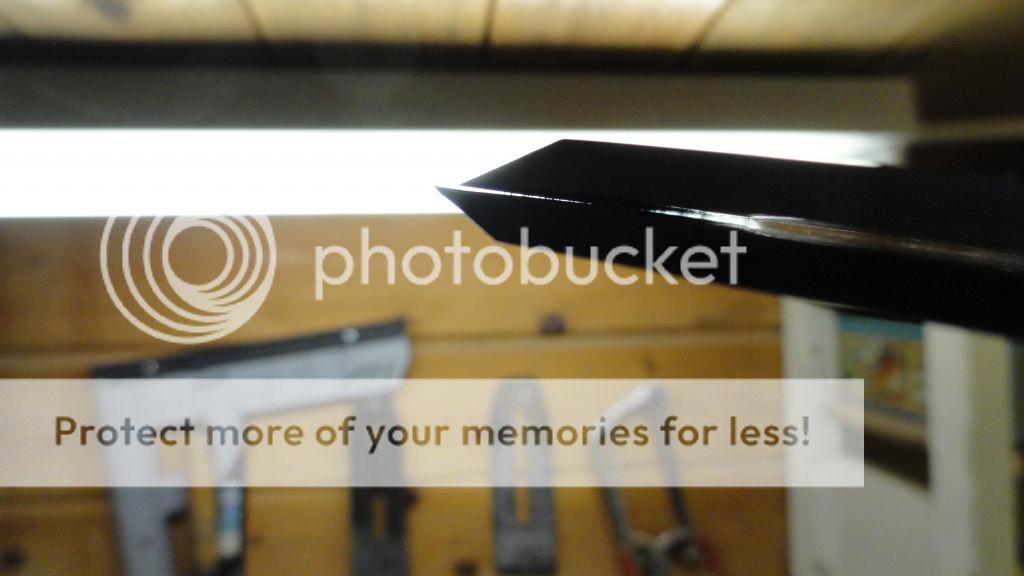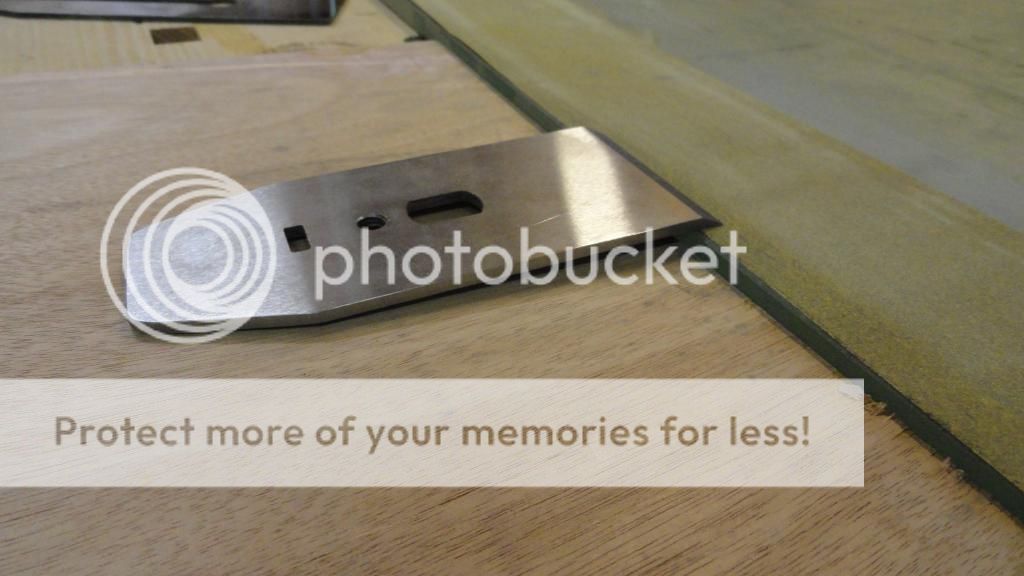Wouldchuk
Established Member
Hand planing - portrayed as one of the more satisfying aspects of woodworking. Not so in my case... I find the whole process incredibly frustrating. I have to be careful to fight the desire to go and hurl my No.7 and bench plane out the window.... 
I'm hopeless with handtools and am trying to teach myself, but just cannot seem to get it. What am I doing wrong??
With the Record No.7, with a brand new blade and a brand new two-piece Clifton chip-breaker. Its honed to 25degrees.
I start out with no blade protrusion, then gradually turn the knob until I can get a bit of cut. I am trying to advance it in tiny movements so that I can get to a point where I can then set the lateral adjustment - but I dont really get to that point.
With a few juddering, jerking, mis-aligned strokes, the throat is gummed up and it stops cutting. Then I have to take out the blade/chip-breaker to clear the throat. A fine collection of shavings will be jammed up under the chipbreaker between the blade too, so I have to take that apart and clear it.
This is the same on the bench plane too.
I've tried to move the frog back, essentially meaning the blade exits the sole through the throat slot right at the very back, leaving more room, but that didn't seem to make and difference - if i move the frog back any more, the iron/chipbreaer isnt supported by the frog anymore, just the casting on the sole near the throat.
The results on the bench plane are pretty much identical.
I don't think its as simple as honing the blade, or lapping the base etc. This is down to a combination of poor set up on the plane as I don't really know what I am doing coupled with zero technique! A marriage made in heaven!
Any tips?
I'm hopeless with handtools and am trying to teach myself, but just cannot seem to get it. What am I doing wrong??
With the Record No.7, with a brand new blade and a brand new two-piece Clifton chip-breaker. Its honed to 25degrees.
I start out with no blade protrusion, then gradually turn the knob until I can get a bit of cut. I am trying to advance it in tiny movements so that I can get to a point where I can then set the lateral adjustment - but I dont really get to that point.
With a few juddering, jerking, mis-aligned strokes, the throat is gummed up and it stops cutting. Then I have to take out the blade/chip-breaker to clear the throat. A fine collection of shavings will be jammed up under the chipbreaker between the blade too, so I have to take that apart and clear it.
This is the same on the bench plane too.
I've tried to move the frog back, essentially meaning the blade exits the sole through the throat slot right at the very back, leaving more room, but that didn't seem to make and difference - if i move the frog back any more, the iron/chipbreaer isnt supported by the frog anymore, just the casting on the sole near the throat.
The results on the bench plane are pretty much identical.
I don't think its as simple as honing the blade, or lapping the base etc. This is down to a combination of poor set up on the plane as I don't really know what I am doing coupled with zero technique! A marriage made in heaven!
Any tips?



































